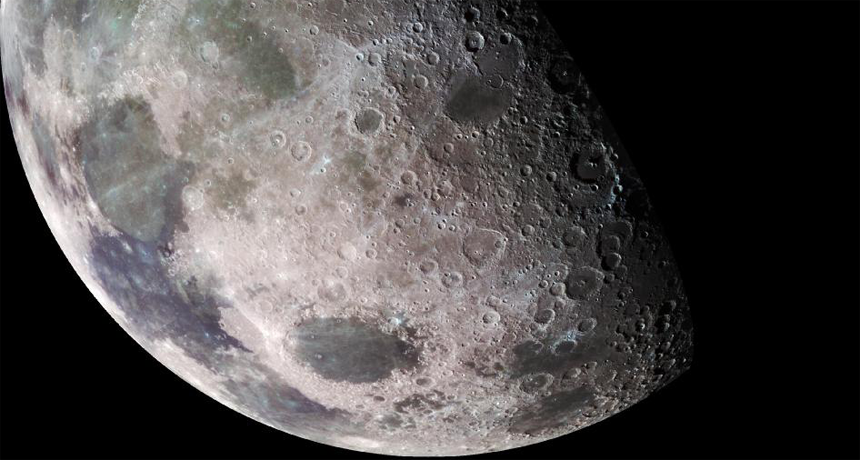Questions for ‘How Earth got its moon’

How did the moon form? Scientists are still debating the question.
NASA
To accompany feature “How Earth got its moon”
SCIENCE
Before Reading:
1. Research how and when Earth formed.
2. Earth has a moon. What other planets in our solar system have one or more moons?
During Reading:
1. How have most scientists explained the formation of Earth’s moon?
2. There is a second idea for how the moon formed — what is it?
3. Why does the writer call the moon an “oddball”?
4. Why did moon rocks collected by the Apollo mission cast doubt on the giant-impact hypothesis?
5. Why are scientists looking at oxygen in moon and Earth rocks?
6. How many mini moons may have gone into making Earth’s moon?
7. What happens to iron-loving elements such as ruthenium in the Earth?
8. What are enstatite chondrites, and why do they matter in a study of the Earth and its moon?
9. Why might temperature help scientists understand how the moon formed?
After Reading:
1. There are two competing ideas for how the moon formed. Which one do you think is the true one? Or might there be another explanation? Use evidence from the story to justify your answer.
2. Samples from the moon, Mercury or Venus could shed light on the formation of the moon and Earth. Design a mission to one of those three places. Would you send people or robots? How would you get your samples back to Earth?
MATHEMATICS
1. Earth’s mass is approximately 5,900,000,000,000,000,000,000,000 kilograms. The moon’s mass is about 73,500,000,000,000,000,000,000 kilograms. On a percent basis, how much more massive is Earth than the moon? Show your work.
2. If it took 20 mini moons to make Earth’s moon, about how massive would each mini moon have been, on average? Show your work